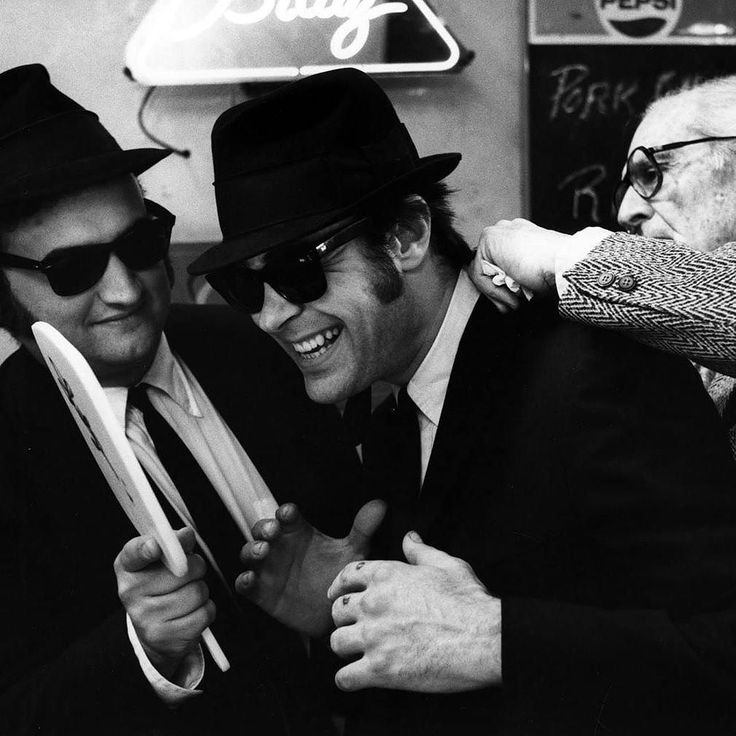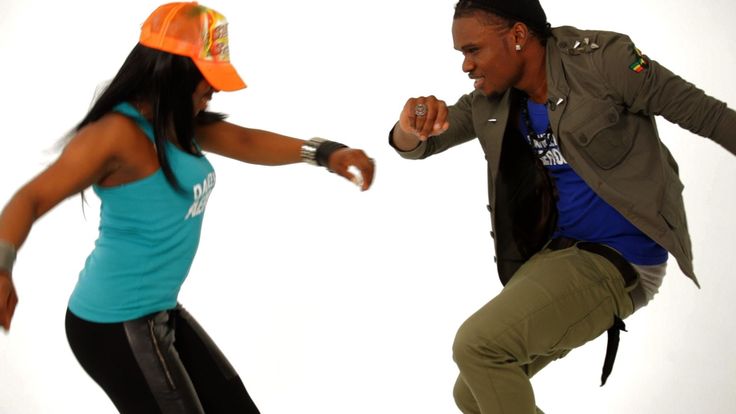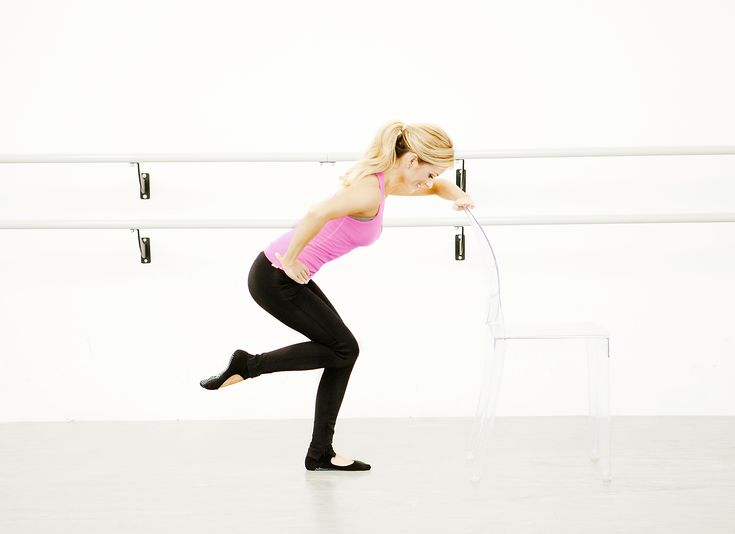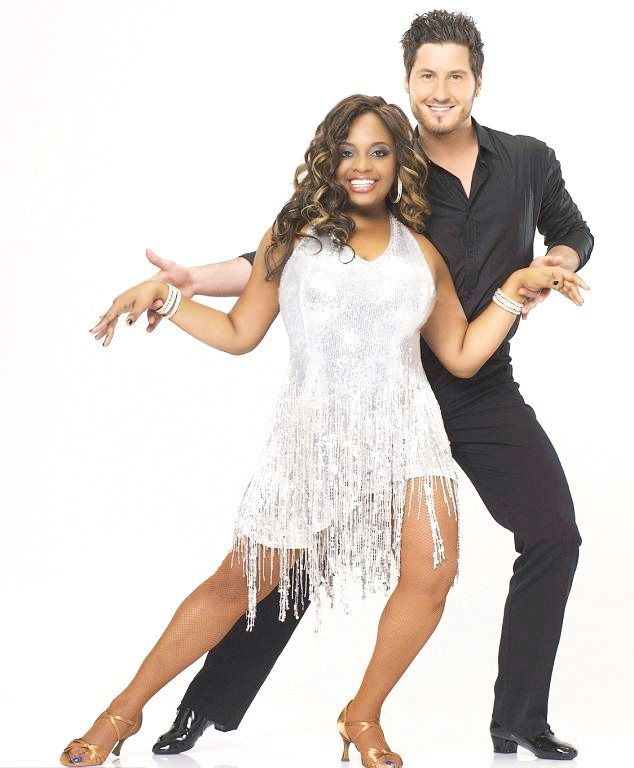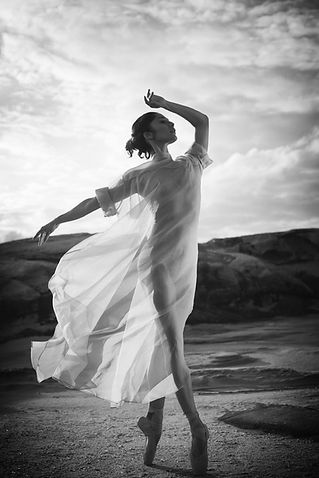How to kizomba dance
How to dance Kizomba | iASO Records
Kizomba is originally from Angola. As with other Latin social dances, Kizomba combines elements of European ballroom dance with African dance movement and timing.
Kizomba Timing:
Kizomba is in 4/4 time - which means that there are four beats to every measure. The larger cycle in the music revolves around 4 measure cycles - ie: each measure has four beats, so when 4 of these measures pass, 16 beats will have passed.
Basic Steps:
In Kizomba, there are several basic steps - each with its own timing. In addition, in Kizomba there are a variety of dance moves that bring the dancers temporarily away from the basic step patterns. Part of the challenge of dancing Kizomba is for leader and follower to remain synchronized in their steps.
Basic Step Variation A
The most basic step in Kizomba is a side to side two step. It starts for the leader on the left foot and for the follower on the right. The leader steps to the side with the left foot, then brings the right foot together with the left in a tap (do not leave your weight on the right foot). Then the leader steps to the right with the right foot and brings the left foot together with the right for a tap step. The pattern then repeats. Each pattern takes one measure to complete - with a step or tap on each beat. The follower mirrors the leader with the opposite foot.
Basic Step Variation B
Variation B illustrates just how complicated Kizomba's basic step patterns are in comparison to other social dances. On the surface, the step is fairly simple: The leader begins by stepping forward with the left foot, then steps with full weight on the right foot (either forward or in place), and finally taps with the left foot without leaving any weight on it. Now for the second half of the step, the leader steps again with the left foot, but this time backwards, steps back with the right foot, and taps back with the left - repeating the initial forward pattern but this time back in the opposite direction.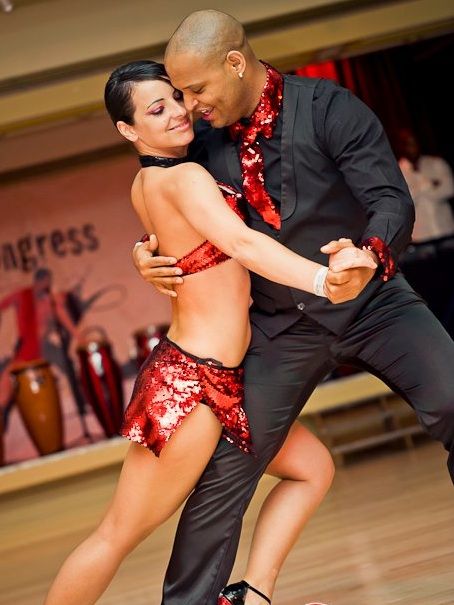 So the pattern consists of three steps in each direction. Each group of three steps begins with the same foot - for the leader the left foot. The follower mirrors with the opposite foot, and so always begins with the right foot. Each step and tap falls evenly on a beat, so the entire forward and back pattern (which consists of 6 steps) takes 6 beats. Here is where things get tricky. Kizomba has 4 beats to a measure, so the 6 beats do not complete 2 measures. If you begin this step pattern on beat 1, you will end it on beat 6 rather than beat 8. When you step again after completing a cycle of the pattern, you will be stepping on 7 rather than 1. The entire forward and back 6 step pattern must be repeated 4 times before it finally ends on 8. This complexity means that dancers must be particularly aware of their timing, or risk getting lost. When embarking on Basic Step Variation B, dancers must repeat the forward and back pattern 4 times before changing to a different step. Alternatively, dancers can use more complex footwork - cha cha steps etc - to transition to another pattern midway through a cycle.
So the pattern consists of three steps in each direction. Each group of three steps begins with the same foot - for the leader the left foot. The follower mirrors with the opposite foot, and so always begins with the right foot. Each step and tap falls evenly on a beat, so the entire forward and back pattern (which consists of 6 steps) takes 6 beats. Here is where things get tricky. Kizomba has 4 beats to a measure, so the 6 beats do not complete 2 measures. If you begin this step pattern on beat 1, you will end it on beat 6 rather than beat 8. When you step again after completing a cycle of the pattern, you will be stepping on 7 rather than 1. The entire forward and back 6 step pattern must be repeated 4 times before it finally ends on 8. This complexity means that dancers must be particularly aware of their timing, or risk getting lost. When embarking on Basic Step Variation B, dancers must repeat the forward and back pattern 4 times before changing to a different step. Alternatively, dancers can use more complex footwork - cha cha steps etc - to transition to another pattern midway through a cycle.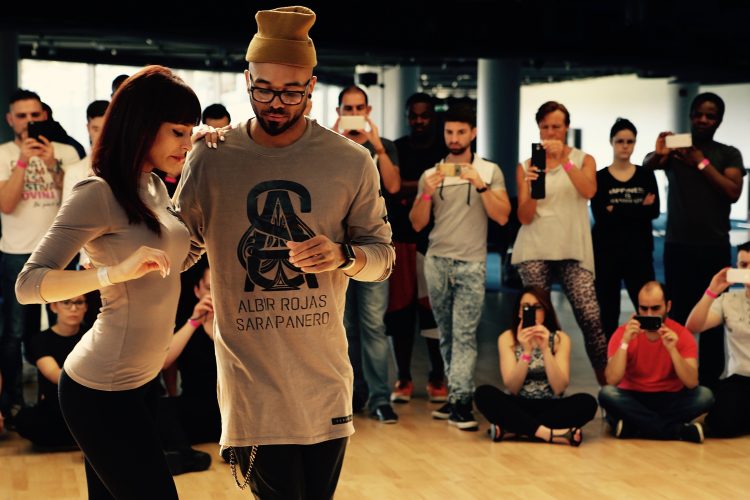
Basic Step Variation C
This pattern is similar to B, but adds a syncopated (cha-cha) step between the 3rd & 4th, and 6th & 1st steps of each pattern. So the leader steps forward with the left foot on 1, steps with the right foot on 2, steps with the left foot on 3 (this time with full weight), steps with the right foot quickly on 3-and (the beat midway between 3 and 4), and then steps back with the left foot on 4, steps with the right foot on 5, and then steps with the left foot (full weight) on 6, with the right on 6-and, finally with the left forward on 7 - which begins the next repetition of the pattern. The follower mirrors with the opposite footwork.
Basic Step Variation D
This step is the most simple of all, but is usually used within more complicated patterns rather than on its own. It's a simple left, right, left right - just as in merengue. So the leader steps with the left foot on 1, with the right foot on 2, with the left foot on 3, with the right foot on 4, etc. The follower mirrors. This step can be combined with variation B or C so that the dancers can exit from variation B or C without completing a full 4 cycles.
The follower mirrors. This step can be combined with variation B or C so that the dancers can exit from variation B or C without completing a full 4 cycles.
These basic steps of Kizomba and are used as building blocks to construct complex patterns. The variety of basic steps and free-style of the more complex patterns make Kizomba a difficult dance to understand and follow. The videos on this page give examples of authentic Kizomba dance. The first video gives instructions for how to dance Kizomba in Portuguese. The other videos are of breathtaking Cape Verdean and Angolan dancers.
What is Kizomba? | Kizomba Community
Introduction
Kizomba is an African dance characterized by close partner connection and smooth, grounded movement. In kizomba, there is no “basic step” after the fashion of ballroom dances, to be repeated continuously throughout the dance. Instead, movement with the music is the priority, and steps are incorporated according to the range of your vocabulary. Kizomba can be successfully danced with only four or five moves, and yet mastery lies in the subtlety of movement and of the lead-follow connection. “If it’s done well, if it’s done with the music, you don’t even need to do one saida, and I’m happy, you can only see a grin on my face because they’re feeling the music, they’re following the music. That’s what makes the dance as exciting as it is, not the moves,” says Angolan-born Riquita Alta.
Kizomba can be successfully danced with only four or five moves, and yet mastery lies in the subtlety of movement and of the lead-follow connection. “If it’s done well, if it’s done with the music, you don’t even need to do one saida, and I’m happy, you can only see a grin on my face because they’re feeling the music, they’re following the music. That’s what makes the dance as exciting as it is, not the moves,” says Angolan-born Riquita Alta.
In addition, the lexicon of kizomba steps is constantly expanding as people from around the world interpret the music in new ways. That means it’s easy for anyone to learn and enjoy on the social floor in only a little time, but remains challenging and interesting for those captivated by this style.
Kizomba is a close dance but is only as romantic or sexual as you and your partner choose to make it. As with any social dance, courtesy and respect are basic expectations, so there’s no need to feel intimidated by the social floor! Kizomba is a wonderful, moving dance that will appeal to new dancers and veterans alike.
Kizomba Music
Kizomba music springs from the tradition of semba in Angola, and takes inspiration from other African music forms as well as Caribbean zouk. Many point to a 1984 Kassav concert in Luanda as a pivotal moment for the birth of kizomba, but Eduardo Paim, a key figure in the musical innovation that created kizomba, disagrees. In a discussion at the 2016 White House Kizomba Summit, he explained that “zouk from the Antilles” was already being played in Angola years before that concert, and that “any analysis of kizomba as a genre should start from 1979.” He mentioned that as a semba musician, kilapanda and rebita were important influences. Certainly when you listen to kizomba, you can hear how rhythmically similar it is to both semba and zouk music.
As kizomba spread through Angola, Cape Verde, Guinea Bissau, and other Lusuphone (Portuguese-speaking) countries, it was adopted by musicians and dancers of several nationalities and evolved. The lengthy civil war in Angola, continuing in some form from 1975 to 2002, “wiped out the nation’s recording industry, and artists were forced to seek production opportunities abroad.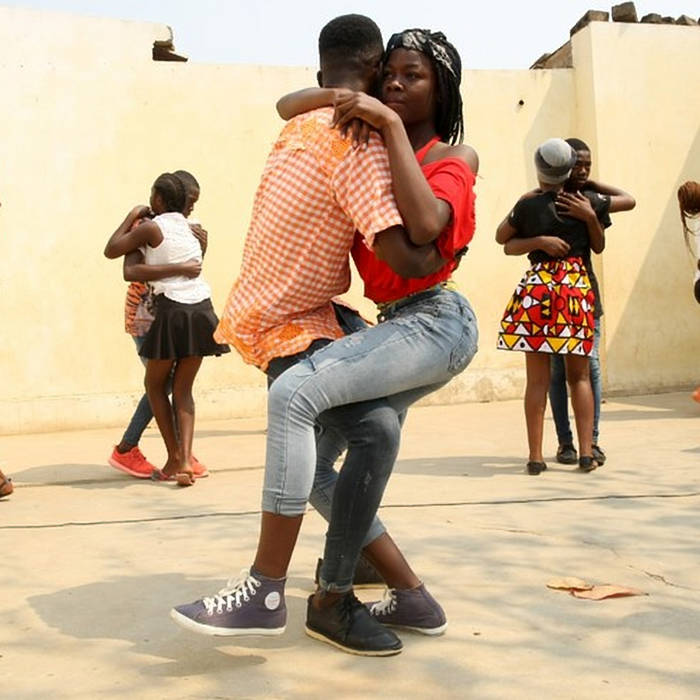 ” (Culture and Customs of Angola, p.148) Cape Verdean artists were for some time the most prolific in creating kizomba music, but today the industry is very multinational.
” (Culture and Customs of Angola, p.148) Cape Verdean artists were for some time the most prolific in creating kizomba music, but today the industry is very multinational.
The word ‘kizombada’ originally just meant ‘party’ in the Angolan dialect Kimbundu. ‘Kizomba’ was first used to describe the style of music and later to name the steps that had been done to quite a few kinds of music. The choice is perhaps not surprising, following the popularity of zouk, which also means ‘party’ in Antillean Creole. Eduardo Paim credits his SOS band member ‘Bibi,’ the percussionist, with coining the term in an interview in the early 1980s (YouTube 2014). Kizomba has become an umbrella term which people use to refer to several genres of music, including Angolan kizomba, Cape Verdean coladeira and cabo-love, ghetto zouk, tarraxinha , and European remixes – much to some people’s annoyance. As for the dance, in 2015 an attempt was made to end fighting over the label “Kizomba” by giving the name “Urban Kiz” to the more linear and upright style first popularized in France (Facebook 2015).
A few Angolan musicians to know: Eduardo Paim, Paulo Flores, Don Kikas, Anselmo Ralph
Dancing Kizomba
Kizomba steps were being done in Angola long before the dance was formalized. Riquita recalls: “We used to dance them in other dances, to African music, especially 3-step basic and shuffle, so when kizomba came, it was easy.” It wasn’t until the mid-1980s that she first saw people doing saidas.
Tania Mendonca remembers, “Before Paolo Flores, there were maybe 10 years where zouk was becoming famous and was exploding. As it traveled down, we recognized the rhythm as slightly slower than semba, so we started dancing semba to zouk music.” Semba and kizomba were danced in a family setting, at large parties called kizombadas. “I remember going there with my whole family; everyone would dress up, it woud start usually on a Saturday afternoon,” says Tania. “There would be loads of food; it would be a family gathering; the music would be playing, great big speakers and band sometimes, and as the night progressed, moms would lay out straw mats and put the kids to bed under the table. ”
”
There are also claims of a Cape Verdean origin of kizomba. Hélio Santos and Guilherme Mendonça co-wrote an interesting exploration into that relationship. Certainly, there are some similarities in weight change patterns and rhythmic variations when looking at Cape Verdean dances morna and mazurka (originally Polish but danced in Cape Verde).
There was a significant migration to Portugal during the Angolan civil war, families sending away their children to be raised out of the war zone, or to protect their boys from the compulsory military service. There were plenty of clubs playing zouk, kizomba, and related genres, and people from Angola and Cape Verde filled them to dance. Riquita shares, “In Portugal it was good, but in Angola it was amazing. There I learned so many steps. We didn’t call it kizomba then, we called it passada (meaning steps). We used to say pôr de lado (foot on the side), not saida. A lot of the moves you see now, I call them upgraded versions of the moves we had before.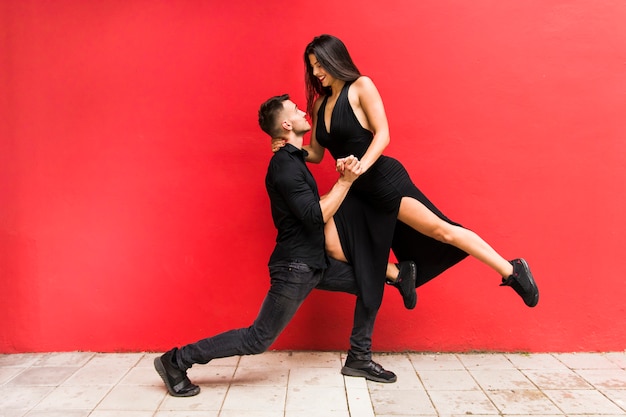 People think in the ’80s and ’90s it was very basic, but no, it was always basics as well as lots of steps – we used to do dips, lifts, all of that.”
People think in the ’80s and ’90s it was very basic, but no, it was always basics as well as lots of steps – we used to do dips, lifts, all of that.”
Kizomba as it was done in Angola and in expatriate communities, “is all about circular, smooth movement. There are always basics with moves in between,” Riquita insists. “For me, you should be able to dance to an Eduardo Paim song. If you can’t, then it’s not kizomba. Tania agrees: “As long as you keep to your 5 basic steps, the world is your oyster; you can do anything and then come back to your basics.”
A few well-known teachers
Angolan: Riquita Alta, Tania Mendonca, Petchu & Vanessa, Hernury Jamba
Cape Verdean: Kwenda Lima, Helios Santos, Avelino Chantre
Portuguese: AfroLatin Connection, Joao Rocha, Mafalda Amado
Urban Kizomba
A new style originated primarily in France, and soon became extremely popular in the international scene thanks in large part to an incredible number of YouTube videos. It has been called French-style, evolution, new-style, urban, modern, etc. This style is danced to more electronic music, including ghetto zouk and remixes of pop, hip-hop, and house music. It is characterized by more linear movement, more frequent syncopation and breaks, and an upright stance.
It has been called French-style, evolution, new-style, urban, modern, etc. This style is danced to more electronic music, including ghetto zouk and remixes of pop, hip-hop, and house music. It is characterized by more linear movement, more frequent syncopation and breaks, and an upright stance.
For a while, the community was not too bothered; after all, kizomba had been evolving from the very beginning. Complaints started to surface, though – that basics were being ignored, that these dancers could not dance to real kizomba music, that there should be no “traditional kizomba” label, but only “Kizomba” and “something else.” Recently, there has been a push from certain teachers to have the split be formalized as “Kizomba” and “Urban Kiz.”
A few well-known teachers
French: Curtis Seldon, Isabelle & Felicien, Enah Lebon, Isa Belle
Spanish: Albir Rojas, Sara Lopez
Kizomba Around the World
Although Angola might the birthplace of kizomba, it would not be wise to assume Luanda is still the hub of kizomba. Tania Mendonca explains: “Semba is cool, they’re very proud, but kizomba they see as a little bit ghetto and common, like what you used to do in the ’80s. Most of the parties now is Afro house a lot, 3 semba, lots of Afro house, 3 semba, and then 1 tarraxinha. They never play real kizomba except maybe at the very end of the party to raise glasses together.” While some Angolan artists still produce kizomba music, they usually perform it abroad. Today the popularity of kizomba is most firmly established in Western Europe but is becoming international with increasing speed.
Tania Mendonca explains: “Semba is cool, they’re very proud, but kizomba they see as a little bit ghetto and common, like what you used to do in the ’80s. Most of the parties now is Afro house a lot, 3 semba, lots of Afro house, 3 semba, and then 1 tarraxinha. They never play real kizomba except maybe at the very end of the party to raise glasses together.” While some Angolan artists still produce kizomba music, they usually perform it abroad. Today the popularity of kizomba is most firmly established in Western Europe but is becoming international with increasing speed.
Kizomba continues to be influenced by a wealth of styles. The roots in semba and commonalities with Cape Verdean dances have already been noted. We can see elements of son, coming from Cubans in Angola. Similarities to Argentine tango have encouraged many to take vocabulary and apply it in kizomba. Hip-hop, zouk, Latin styles, contemporary dance, and more are finding their way into shows and onto the social floor.
Note: this article is based on conversations and interviews with several dance instructors and DJs, beyond those who wished to be quoted directly.
basic moves for beginners with video
Contents
This is not just a dance direction, it is a whole subculture: stormy, but at the same time very romantic. A gentle African dance is performed exclusively in pairs. Looking at people dancing kizomba, one might get the impression that they are in love - it looks so soft and sincere. Want to move like the couples in the video tutorials? The team of the Laboca dance club will be happy to teach you!
Kizomba rules
The accompaniment of kizomba gained modern sounding due to electronic instruments. They also allow you to create the desired rhythm with a size of four by four measures. This style starts a new theme song every sixteen beats.
The movements of kizomba are very similar to bachata: they are also simple and uncomplicated. You can recognize kizomba by its smoother elements, the placement of accents with the hips, the very strong hugs of partners, the sedentary body and the synchronism of the performers in a pair. Leading, unlike Latin American dances, is carried out from the chest. Kizomba steps are done on soft, slightly bent knees. The head is kept straight all the time and does not "jump".
You can recognize kizomba by its smoother elements, the placement of accents with the hips, the very strong hugs of partners, the sedentary body and the synchronism of the performers in a pair. Leading, unlike Latin American dances, is carried out from the chest. Kizomba steps are done on soft, slightly bent knees. The head is kept straight all the time and does not "jump".
In couples, as in bachata, the man leads, the woman simply follows the direction given by him and decorates the dance with elements of improvisation. The partners are as close as possible to each other, the man gently grabs the woman's back, and her left hand lies on his neck.
A distinctive feature of kizomba is the so-called Tarraschinha - the ability to dance with almost no noticeable movements. These are the waves, the swaying of the pelvis, the barely noticeable curves of the body, which make kizomba so seductive.
Sign up for a trial lesson
Kizomba basic movements
It is important to realize that kizomba is an African dance that came to us from the rituals of wild tribes. It is believed that it began to spread across European dance floors quite by accident. And even though the direction has already acquired modern features, the main movements in kizomba have not changed: the performers must catch the rhythm of the music with their bodies and embody it in their movements and vibrations.
It is believed that it began to spread across European dance floors quite by accident. And even though the direction has already acquired modern features, the main movements in kizomba have not changed: the performers must catch the rhythm of the music with their bodies and embody it in their movements and vibrations.
At the kizomba class you will not learn complex elements and intricate figures, but master the basic steps, get acquainted with tarraschinya and begin to dance calmly and smoothly.
It is important to improve the plasticity of the body, learn how to effectively rotate the hips and move gently, but rhythmically.
The basic steps of kizomba look like stepping over with the transfer of body weight from one side to the other. The man starts on the left foot, the woman on the right. Try to cross in one place first.
The next movement is in a circle. The man takes a side step to the left side, leaving the weight on the left leg. The partner puts his right leg aside and then takes a side step, again without transferring body weight. The woman mirrors his exercises. Try practicing this movement as you move around the room.
The partner puts his right leg aside and then takes a side step, again without transferring body weight. The woman mirrors his exercises. Try practicing this movement as you move around the room.
Another basic movement: the partner takes a step forward with the left foot, then with the right foot and puts the left foot forward without transferring body weight to it. Then - again a step with the left, but already back. The woman duplicates the man's movement using opposite legs.
Having mastered the three basic movements, you are already dancing kizomba! And for spectacular tarraschinya and the ability to freely improvise, come to the Laboca dance club!
Kizomba dance video
How to dance kizomba, how to learn to dance kizomba?
- home
- Kizomba
- How to dance kizomba
Learn to dance kizomba? The answer to this question is in the words "want" and "feel". Of course, like all dances, kizomba must be started with basic steps. You can learn how to dance them from video lessons, but it’s better to visit kizomba lessons for beginners. A few basic "pas" is the minimum basis that is necessary in order to start making the first confident movements in kizomba. Their correct name, of course, comes from Spanish and Portuguese, but we will try to explain them to you in Russian as well, so don't worry about the language difference.
Our trainers are excellent professionals who have been teaching this trendy dance direction for many years. Be sure that when you come to us for training, you will learn from professionals!
How to dance kizomba ? The first thing to remember is that kizomba is only danced in pairs. Therefore, the main skills that you should learn during our lessons is a sense of rhythm and interaction (following and leading in pairs).
Therefore, the main skills that you should learn during our lessons is a sense of rhythm and interaction (following and leading in pairs).
Kizomba is one of the simplest dances, its distinctive feature is the absence of heavy figures, high-speed dance movements. Often the partner duplicates and “mirrors” the movements of the partner, so that the couple looks harmonious and harmonious. The smooth movements and flexible lines of the hands of both dancers add sensuality and sexuality to the dance.
How can I dance kizomba if I have never danced before? It's not a problem at all. In order to learn how to dance, there is no need to have serious dance training, in the social version of kizomba, and this is exactly the dance we teach in our schools (that is, partners change during the dance, and do not form stable pairs), no one performs serious lifts, rolls, does not throw partners in the air or does not make serious backbends. These are very simple “pas” and basic steps. The only moment of difficulty is only the technique of steps in pairs.
This dance is very easy to learn. In kizomba, you just walk around. As you walk at home, to the store, slowly and lazily. The slow rhythm makes it easy to learn and easy!
How to learn to dance Kizomba can be told by our experienced trainer and video lessons that you can find on our website. However, we affirm that without the atmosphere of the lesson, without group lessons, without the feeling of the audience, you will not be able to fully enjoy the dance, relax and make this dance really beautiful!
The most important thing in kizomba is feeling and sensitivity. And this, you will agree, is the scourge of all modern girls in Russia. We are much more reserved than our African and Latin counterparts. Kizomba mixes romantic and fiery rhythms. If you really can't sit still, barely hearing this music, we invite you to come to our trainings to get a base of options on how you can move beautifully. Our trainers will offer beginners the basic steps, and then show the simplest connections and combinations of movements, lead them all the way to the level of a high-class dancer, help open your soul and make the dance sexy. We will teach plasticity, grace and stretching, your figure will acquire the desired shape, and movements will become unprecedentedly light.
We will teach plasticity, grace and stretching, your figure will acquire the desired shape, and movements will become unprecedentedly light.
How to learn to dance kizomba? The answer is simple - you need to want to dance it. Let go and step over all your complexes and omissions, feel yourself, your body, music and partner!
SIGN UP FOR A FREE LESSON
First lesson - FREE
Monthly subscription not linked
Student reviews
Reviews from the site Yandex maps
About the homely atmosphere at the dance school and the cheerful teachers.
Evgeny Zhulin
The first dance school is more than just a dance studio - it's like a new family.

